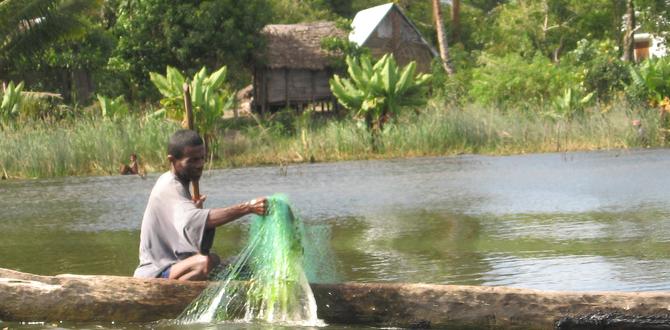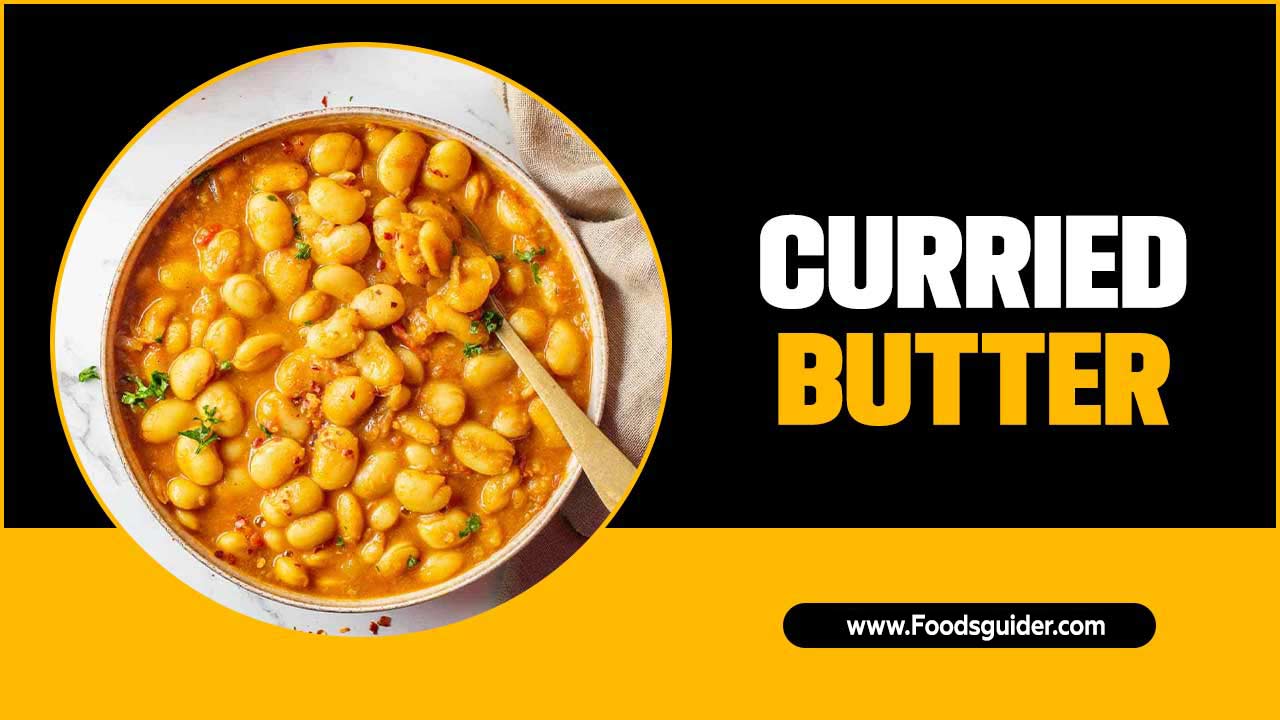Quick Summary: Traveling while intermittent fasting is totally doable! This guide offers easy-to-follow tips for staying on track with your intermittent fasting schedule during your trip, ensuring you can enjoy your vacation without derailing your health goals. We’ll cover planning, eating on the go, and managing time zone changes.
Planning a trip is exciting, but if you’re practicing intermittent fasting (IF), you might worry about how to keep up your routine. It’s a common concern, but don’t let it stop you from exploring new places! With a little preparation, you can easily navigate dining schedules, time zone shifts, and unexpected travel hiccups while still honoring your fasting windows. We’ll walk you through simple, actionable steps to make your intermittent fasting journey smooth and enjoyable, no matter where your adventures take you.
Why Intermittent Fasting While Traveling Can Feel Tricky (And How to Fix It!)
Intermittent fasting is a popular eating pattern that cycles between periods of eating and voluntary fasting. While it offers many benefits, travel can throw a wrench into the works. Differing meal times, unfamiliar food options, and altered sleep schedules can all make sticking to your usual fasting and eating windows feel challenging. You might find yourself unsure when to break your fast, how to find suitable food, or how to adjust for jet lag. This guide is designed to remove that uncertainty, giving you the confidence to enjoy your trip while maintaining your IF lifestyle.
Pre-Trip Planning: Setting Yourself Up for Success
A little preparation before you leave home can make a world of difference. Think of it as packing your IF essentials alongside your clothes and toiletries!
1. Understand Your IF Schedule and Travel Itinerary
Before you even book your flights, take a moment to review your current intermittent fasting schedule. Whether you follow a 16:8, 5:2, or another method, know precisely when your fasting and eating windows are. Then, compare this to your travel plans:
- Flight Times: Are your flights during your typical fasting or eating window?
- Arrival Time: What time will you arrive at your destination, and how does it align with your usual meal times?
- Activity Schedule: Are there planned group meals or excursions during your fasting periods?
2. Research Food Options at Your Destination
Knowledge is power when it comes to food, especially when you’re in a new place. Spend some time researching:
- Local Cuisine: What are the typical meal times and ingredients in the region you’re visiting? This helps you anticipate what might be available.
- Restaurants and Cafes: Look for places near your accommodation or main attractions that offer foods that fit your eating window. Think about cuisines that are generally flexible, like those with customizable bowls or simple grilled options.
- Supermarkets and Markets: Knowing where to grab healthy snacks or ingredients for a light meal can be a lifesaver.
3. Pack IF-Friendly Snacks
Having some go-to snacks can prevent you from succumbing to less healthy options when hunger strikes during your fasting window or when convenient meal times are scarce.
- Nuts and Seeds: Almonds, walnuts, pumpkin seeds, with a good source of healthy fats and protein to keep you full.
- Fruit: Apples, bananas, or berries are easy to pack and provide natural sweetness.
- Protein Bars: Choose bars with minimal added sugar and a good protein content.
- Jerky: Beef, turkey, or even plant-based jerky can be a satisfying, shelf-stable protein source.
- Hard-Boiled Eggs: If your travel allows for refrigeration, these are a fantastic, filling option.
4. Hydration is Key: Pack a Reusable Water Bottle
Staying hydrated is crucial when traveling and even more so when fasting, as thirst can sometimes be mistaken for hunger. A reusable water bottle is not only environmentally friendly but also ensures you always have water on hand. You can refill it at airports, train stations, and most hotels. Staying well-hydrated can help manage hunger pangs and keep your energy levels up.
Navigating Your Fasting Window While on the Go
Once you’re traveling, the real challenge begins. Here’s how to manage your fasting periods.
1. Prioritize Breaking Your Fast Strategically
When your eating window opens, make it count! Aim for nutrient-dense meals that will keep you satisfied. If you’re concerned about finding suitable food later, consider having a slightly more substantial meal when your window first opens.
- Airport/Station Meals: If you have an hour or two before boarding, find a sit-down restaurant or a healthy grab-and-go option.
- In-Flight Meals: If you’re flying, and a meal is served during your eating window, enjoy it. If not, rely on your packed snacks.
- Road Trips: Plan stops at places known for healthier options, or pack a picnic to enjoy at a rest stop.
2. Be Flexible (Within Reason)
Travel rarely goes exactly as planned. While consistency is great for IF, sometimes a slight shift is necessary. If a unique, healthy meal opportunity arises just outside your window, it might be worth a small adjustment to your schedule for that day. The goal is progress, not perfection. A good place to learn more about flexible eating approaches is through resources like this from the Harvard T.H. Chan School of Public Health, which discusses general healthy eating principles that can adapt to various lifestyles.
3. Listen to Your Body
This is perhaps the most important tip. Travel can be tiring, and your body might be telling you it needs something different. If you feel unusually weak, dizzy, or unwell, don’t push yourself to strictly adhere to your fast. It’s okay to break it a bit early if needed. Reassess and get back on track when you feel better.
Handling Time Zone Changes and Jet Lag
Jet lag can disrupt your internal clock, making it harder to stick to your IF schedule. Here’s how to adapt:
1. Adjust Your Eating Window Based on Local Time
The easiest way to handle time zone changes is to adopt the local time. When you arrive, immediately set your watch and phone to the local time and try to adhere to your fasting and eating windows based on that.
- Example: If you usually eat between 12 PM and 8 PM, and you travel to a time zone 3 hours ahead, your new eating window would ideally be 12 PM to 8 PM local time. This means your fasting period might now start and end earlier in what would have been your “home” time.
2. Prioritize Sleep
Adequate sleep is vital for regulating hormones, including those that control appetite and metabolism. Aim to get as much rest as possible, especially during the initial days of your trip. Good sleep hygiene (dark, quiet room; avoiding screens before bed) can significantly help combat jet lag.
3. Stay Hydrated, Especially on Flights
Dehydration can exacerbate jet lag symptoms and make you feel more tired. Drink plenty of water before, during, and after your flight. Avoid excessive caffeine and alcohol, as they can disrupt sleep and hydration.
Eating Out and Staying on Track
Dining out while traveling can be a culinary adventure, but it requires mindful choices when you’re practicing IF.
1. Communicate Your Needs (If Necessary)
Most restaurants are happy to accommodate simple requests. If you need to make a slight modification to a dish (e.g., dressing on the side, no bread basket), don’t hesitate to ask. For example, you might ask for a salad with grilled chicken and vegetables with olive oil and lemon dressing on the side.
2. Embrace Simple, Whole Foods
When in doubt, opt for meals centered around whole, unprocessed foods. Think grilled meats or fish, plenty of vegetables, and healthy fats like avocado or olive oil. These choices are generally easier to find and align well with nutritious eating patterns.
3. Be Mindful of Hidden Sugars and Carbs
Many sauces, marinades, and dressings can contain hidden sugars and carbs that might disrupt your fast or your goals. Ask for ingredients if you’re unsure, or choose options where you can control the additions.
Sample IF Travel Meal Planning Table
Here’s a sample of how you might plan your meals for a day trip or the beginning of a longer vacation. This assumes a 16:8 IF schedule with an eating window from 12 PM to 8 PM local time.
| Time (Local) | Activity | IF Status | Meal/Snack Idea | Notes |
|---|---|---|---|---|
| 8:00 AM | Wake up, light sightseeing | Fasting | Water, black coffee, or herbal tea | Stay hydrated. |
| 11:00 AM | Arrive at museum/attraction | Fasting | Water | Carry your reusable water bottle. |
| 12:00 PM | End of fast | Eating Window Opens | Lunch: Grilled chicken salad with mixed greens, avocado, cherry tomatoes, cucumber, olive oil and lemon dressing. | Nutrient-dense and satisfying first meal. |
| 3:00 PM | Mid-afternoon exploration | Eating Window | Snack: Handful of almonds and a small apple. | Keeps energy up without overeating. |
| 6:30 PM | Return to accommodation | Eating Window | Dinner: Baked salmon with roasted vegetables (broccoli, bell peppers) and a small portion of quinoa. | Balanced meal with protein, healthy fats, and complex carbs. |
| 8:00 PM | End of eating window | Fasting Window Begins | Water, herbal tea | Clear cut-off helps reset for the next day. |
Common Questions About Intermittent Fasting While Traveling
Here are some frequently asked questions about managing IF on a trip:
Q1: Should I adjust my IF schedule for travel?
Generally, it’s best to adapt your IF schedule to the local time of your destination. This means your fasting and eating windows will follow the clock of where you are, making it easier to align with local meal times and social activities.
Q2: What if my flight lands during my fasting window?
You can either continue your fast until your eating window opens in the new time zone, or if you feel it’s necessary for your well-being or to adjust to the new schedule, you can have a light meal that aligns with your typical eating window. Prioritize what feels best for your body.
Q3: How can I find healthy food options when traveling?
Research restaurants and grocery stores near your accommodation beforehand. Look for places offering fresh produce, lean proteins, and healthy fats. Supermarkets are great for picking up pre-portioned snacks like fruit, nuts, or yogurt if your destination has access to refrigeration.
Q4: Is it okay to drink coffee or tea during my fasting window while traveling?
Yes! Plain black coffee, plain tea (like green or black tea), or water are generally considered acceptable during a fasting period as they typically don’t break a fast. Be mindful of adding sweeteners or milk in large quantities, as these can affect your fast.
Q5: What if I experience significant hunger during my fasting window while traveling?
Listen to your body. Travel can be demanding. If you feel genuinely hungry and unfocused, it’s okay to gently break your fast. You can try drinking water or herbal tea first, or have a small, protein-rich snack and then resume your usual IF schedule the next day.
Q6: How do I manage my fasting window on long road trips?
Pack plenty of non-perishable, IF-friendly snacks. Plan your stops around meal times to coincide with your eating window. Look for rest stops with healthier food options, or pack a cooler with sandwiches, hard-boiled eggs, or yogurt if possible. Be prepared to eat a meal at a rest stop or picnic at a scenic overlook.
Making Intermittent Fasting a Travel Companion, Not a Hindrance
Intermittent fasting doesn’t have to be put on hold just because you’re on vacation. It’s about finding a rhythm that works for you and your travel plans. By planning ahead, being mindful of your food choices, and adapting to local times and your body’s needs, you can continue to reap the benefits of IF while exploring new destinations.
Remember, flexibility is key. While consistency is beneficial, the ultimate goal is well-being and enjoying your experiences. Don’t stress about perfection; focus on making sustainable choices that support your health and don’t detract from your travel adventures. The world is a big, delicious place to explore, and with these IF travel tips, you’re well-equipped to savor every moment and every bite, all within a framework that works for you.






